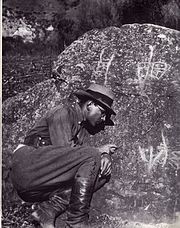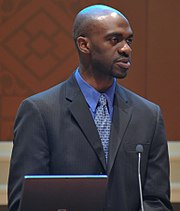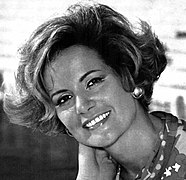Design
Design
Personality
Chart Properties
Your Cross represents the specific theme of your life. This cross embodies your unique potential & the lessons you're here to learn, providing a roadmap to fulfilling your life purpose.
We use the UTC birth time and date to do the calculations required to generate your Human Design chart.
Buy Tokens
Pay as you use, no expiry and no subscription required.Prompt Ideas
Get inspired with some epic prompt ideas.Henri Diamant-Berger's Biography
French director, producer and screenwriter, who directed 48 films between 1913 and 1959, produced 17 between 1925 and 1967 and wrote 21 screenplays between 1916 and 1971.
Born into a Jewish family, he studied to be a lawyer but was drawn to the motion picture business. He began his career when he co-directed the 1913 silent film short De film… en aiguilles with André Heuzé. In addition to writing screenplays, during the period from 1916 to 1919, Diamant-Berger also published and edited a film magazine and books about the movies. In 1918, he was hired by Pathé and sent to the United States to help set up the company’s film laboratory at Fort Lee, New Jersey. Upon his return to France, Pathé had him set up a laboratory in Vincennes, as well as organize a film studio in Boulogne-Billancourt.
In 1921, Diamant-Berger directed the short (26 minute) Les Trois Mousquetaires, one of two film versions of Alexandre Dumas, père’s novel The Three Musketeers released in 1921 (the other was Douglas Fairbanks’ rather longer 119 minute version) . For a short time in the mid-1920s, he made pictures in the U.S., including the drama Fifty-Fifty (1925) starring Lionel Barrymore. He also directed the 1927 silent film Éducation de Prince. By the end of the decade he successfully made the transition to talkies.
Through his Barrymore connection, Diamant-Berger acquired the screen rights for a play produced on Broadway in 1921 written by John Barrymore’s ex-wife, Blanche Oelrichs. His French language film version of the same title, Clair de lune (1932), starred Claude Dauphin and Blanche Montel. Among his notable sound films was a remake, Les Trois Mousquetaires (1933), a six-hour epic about the three musketeers for which he wrote the screen adaptation and used much of the same cast from his 1921 silent version. Diamant-Berger’s other directorial efforts include two Arsène Lupin detective films in 1937. However, after directing Tourbillon de Paris in 1939, he lost eight full years to World War II. In 1951, he directed the acclaimed drama Monsieur Fabre starring Pierre Fresnay.
During the 1960s, Diamant-Berger devoted himself exclusively to producing, making several successful films, including La Belle Américaine (1961), Un drôle de paroissien (1963) and Allez France! (1966).
Henri Diamant-Berger died on 2 May 1972 at age 76 in Paris.
Link to Wikipedia biography
Your Cross represents the specific theme of your life. This cross embodies your unique potential & the lessons you're here to learn, providing a roadmap to fulfilling your life purpose.
We use the UTC birth time and date to do the calculations required to generate your Human Design chart.







